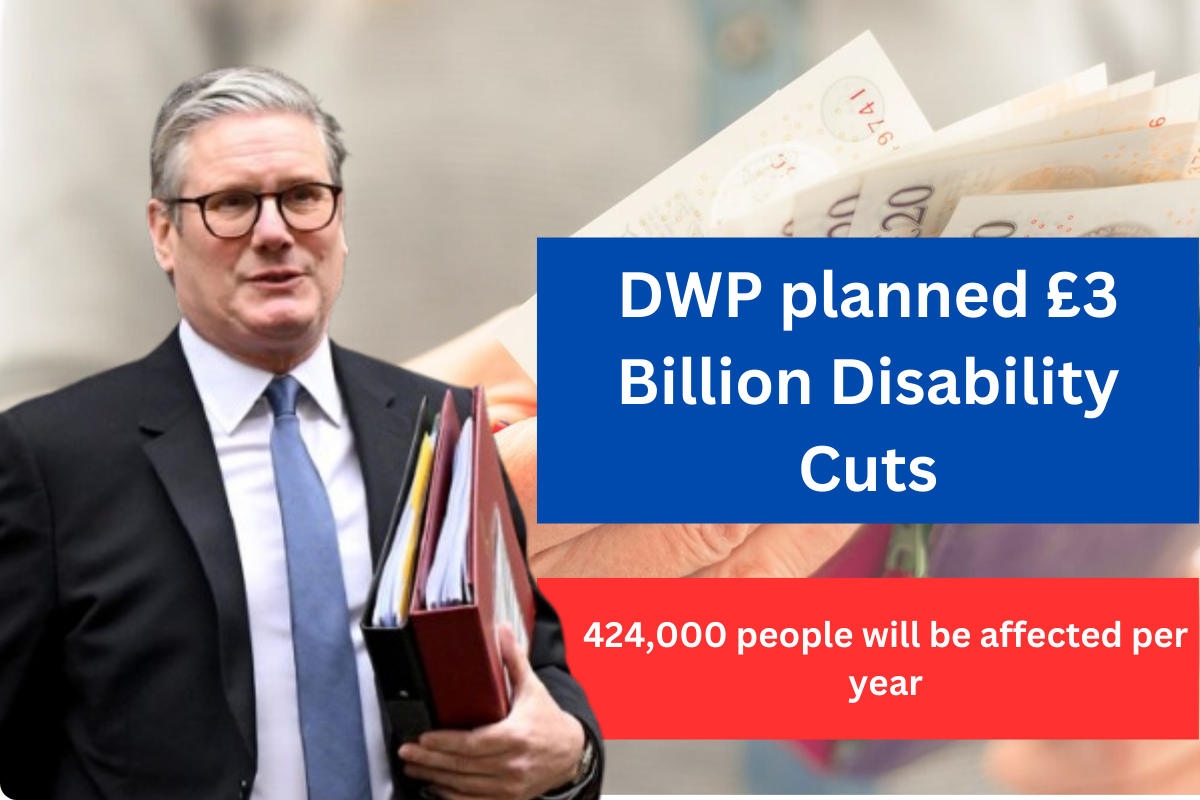The topic of disability cuts is a sensitive one, especially when it affects hundreds of thousands of individuals who rely on support systems to navigate daily life. The recent announcement regarding the DWP’s planned £3 billion disability cuts has raised numerous eyebrows, sparking concern about the implications for around 424,000 people per year. In this article, we’ll break down what these cuts mean, who will be affected, and what the potential consequences are.
Understanding the DWP’s Announcement
The Department for Work and Pensions (DWP) is at the center of this contentious issue. With proposals to slash £3 billion from disability support services, the scale of this initiative sheds light on systemic changes to welfare. Why cut funds in the first place? The DWP cites efficiency and budget constraints as primary reasons. However, the question is — at what cost to the vulnerable population?
Who Will Be Affected?
The proposed cuts will impact approximately 424,000 disability claimants in the UK, individuals who depend on this financial support for everyday needs. This group includes those with long-term health conditions, chronic illnesses, and disabilities in various forms. Can you imagine the ripple effect this has on their lives? For many, these funds are not just pocket money; they are essential for housing, healthcare, and even simple daily activities.
The Real-Life Implications
DWP’s proposed cuts could lead to real-life hardships. Losing financial support can make it incredibly challenging to cover basic needs. Think about it: if you suddenly lost a chunk of your income, how would that affect your lifestyle? For individuals with disabilities, this adverse impact could translate into not being able to afford necessary medical treatments, assistive technology, or even transportation costs for attending essential appointments.
Public Reaction and Concerns
The response from the public has been overwhelmingly negative. Advocacy groups, disabled people’s organizations, and ordinary citizens have taken to social media and the streets to voice their concerns. It’s not merely about money; it’s a matter of dignity and equality. With a history of controversial cuts in welfare support, this announcement has heightened fears about how far the government is willing to go to save costs.
The Alternative Solutions
Instead of cutting crucial support, what if the government looked for alternative solutions? Programs designed to increase disability employment or community support could enhance the quality of life for individuals, making them less reliant on state funding without taking away vital resources. Isn’t it more about empowering people rather than cutting them down?
Looking Ahead: What’s Next?
With the proposed cuts still a hot topic, one wonders what steps will follow. Will there be protests? Will petition drives emerge to lobby against these changes? Public sentiment may swing the pendulum back if enough voices are raised. It’s crucial for those affected to stay informed and engaged. After all, the power lies in numbers, and collective action can create significant change.
In conclusion, the DWP’s plan for £3 billion disability cuts, affecting 424,000 people per year, raises alarms about the future of welfare support in the UK. This issue intertwines financial policy with the very fabric of society — how we care for our most vulnerable members. As these discussions unfold, it remains essential for all of us to stay vigilant, support those impacted, and advocate for a just society where everyone can thrive.
FAQs
1. What is the DWP’s planned £3 billion disability cut?
The DWP intends to slash £3 billion from disability-related benefits and support services, impacting around 424,000 individuals each year in the UK.
2. Who will be most affected by these cuts?
The cuts will primarily affect disabled individuals, including those with chronic illnesses and long-term health conditions who rely on financial support for their daily needs and living expenses.
3. How can individuals voice their opposition to these cuts?
Individuals can participate in advocacy groups, sign petitions, engage in public protests, or simply spread awareness on social platforms to voice their concerns against the planned cuts.
4. What alternatives could the government consider instead of cuts?
The government could explore initiatives that focus on empowering disabled individuals, such as employment programs and community support, rather than reducing welfare support.
5. What is the likely outcome if public opposition rises against these cuts?
If public opposition grows significantly, there may be pressure on the government to rethink these cuts, potentially leading to a reconsideration of policies related to disability support funding.

